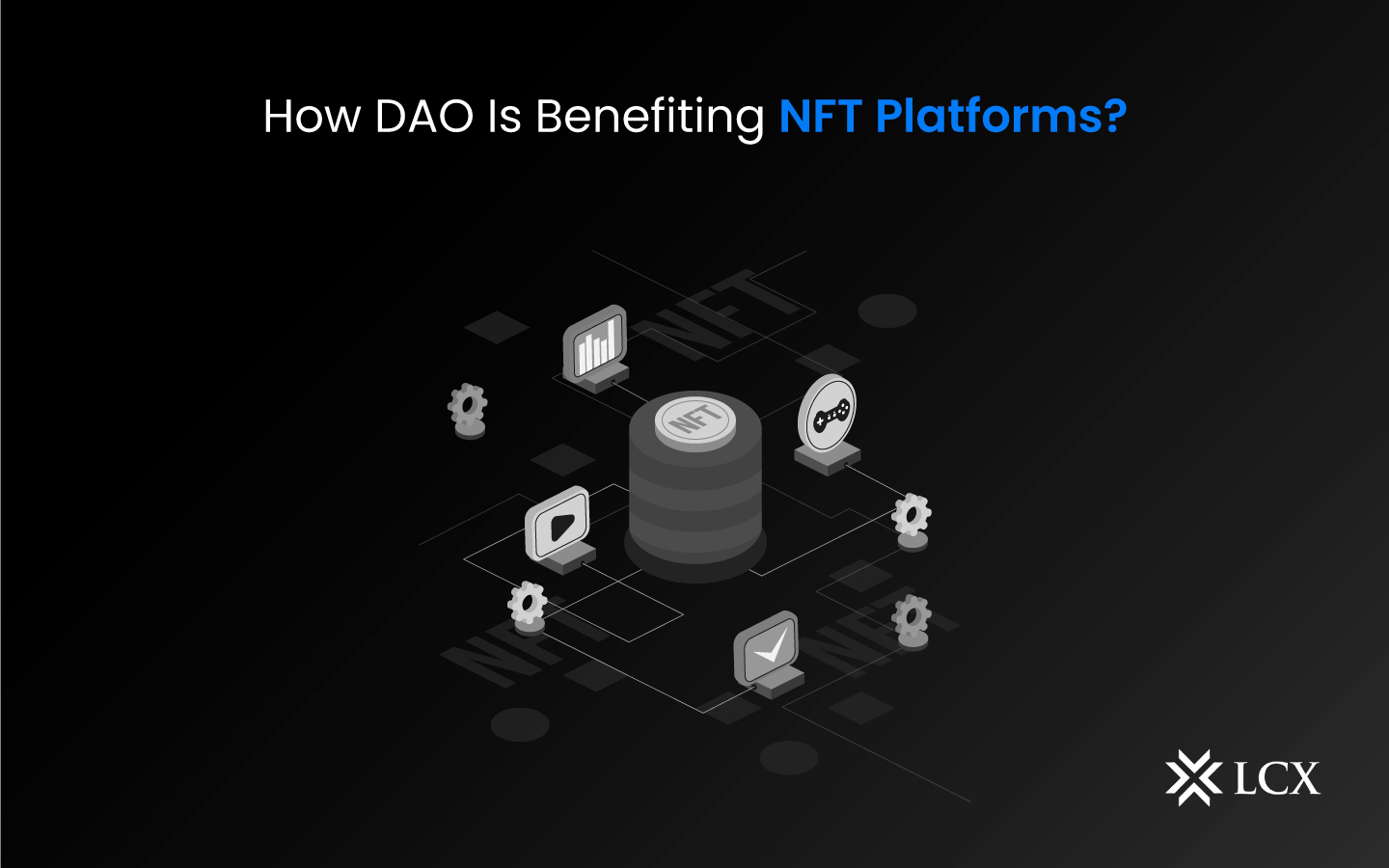ATM Outsourcing remains a critical cost-saving solution for distributors

Over half of ATMs worldwide now have cash replenishment outsourced, as distribution providers look to third parties to increase the reliability of their machines and maintain profitability
North America is seeing high levels of cash replenishment outsourcing
RBRs Global ATM Market and Forecasts to 2027 study shows that half of the world’s ATMs had cash top-up outsourced to third-party providers in 2021. At a regional level, this figure is highest in North America where this service is outsourced to 81% of terminals. In the USA, it is particularly common for ATMs to be installed in business premises, where the machines are topped up with cash by the merchant as part of the installation agreement. By country, the highest level of cash top-up outsourcing was seen in the Netherlands – a result of the country’s recent shift away from bank-deployed ATMs towards Geldmaat, a collective agreement that outsources this service.
The study further shows that globally, 56% of third-party cash top-ups are provided by local CIT companies, with a further 28% provided by larger international CIT companies active in multiple countries. The remaining 16% of ATMs to which this service is outsourced have cash replenished by sales staff.
Basic maintenance is more often outsourced for remote terminals
RBR’s research shows that first line maintenance (FLM) was outsourced for 53% of ATMs globally by 2021, including 68% of off-site terminals. However, this worldwide figure hides large differences between regions. In North America, FLM – covering simple maintenance tasks such as clearing paper jams – is outsourced to 88% of off-site ATMs, as well as two-thirds of branch-based machines. In contrast, RBR’s study shows that only 10% of terminals installed in the MEA region have FLM performed by third parties, with only a few South African banks outsourcing this task for some of their off-site ATMs. This low figure is mainly a result of the high number of branch-based terminals in the region.
There is also notable variation within individual regions, such as that seen in the Asia-Pacific. In China, it is common for bank employees to perform FLM for both branches and off-site terminals; Chinese banks have developed the skills to perform FLM maintenance over time, as the country’s IAD sector – historically a common partner for this service – has gradually disappeared. In India, banks tend to outsource FLM work, a consequence of increasing brown-label deployments and an increasing proportion of off-site terminals.
The use of third parties for second-line maintenance continues to increase
92% of ATMs worldwide have second line maintenance (SLM) outsourced, according to data in RBR’s report. The level of technical expertise required to carry out this more complex maintenance is the key driver behind such a high figure; small and medium-sized banks find it far more cost-effective to outsource SLM than to hire employees with the expertise that SLM requires.
ATM manufacturers themselves often perform this service as part of ongoing maintenance contracts with ATM operators, and are responsible for SLM for 85% of ATMs worldwide to which this service is outsourced. Operators who perform SLM in-house are mainly larger banks and IADs, who can often also act as third-party maintenance contractors for other ATM deployers.
Rowan Berridge, who led RBR’s global ATM market and forecasts to 2027 study, commented: “The continued importance of ATM maintenance outsourcing around the world shows that it is an important tool for banks to provide reliable self-service options for consumers. In the coming years, outsourcing will be key to cutting costs and maintaining the viability of ATM networks worldwide“.
























